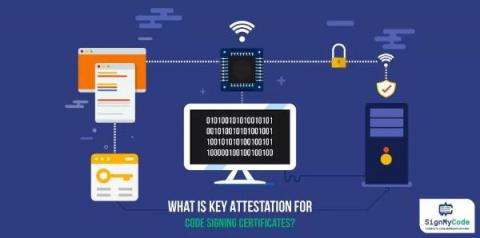MOVEit Supply Chain Attack
On the 31st of May 2023 a public warning was issued by MOVEit, regarding a critical SQL injection vulnerability found in in their systems. This vulnerability allowed malicious actors to gain access to the database. The flaw, known as CVE-2023-34362, was identified on the 2nd of June, but it had already been exploited four days before the alert. By the end of May, approximately 2,500 instances of MOVEit file transfers were discovered to be exposed online, primarily in the United States.









